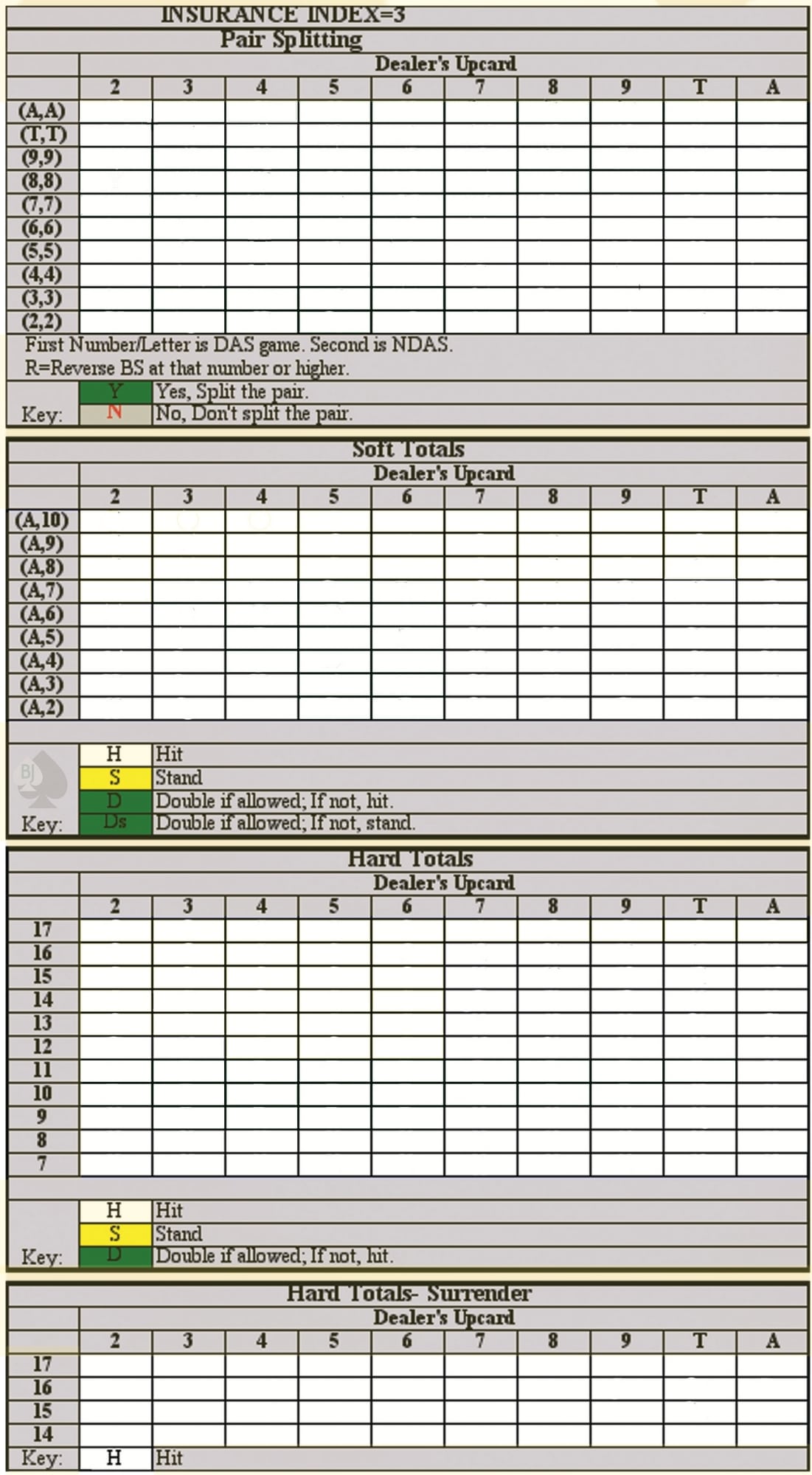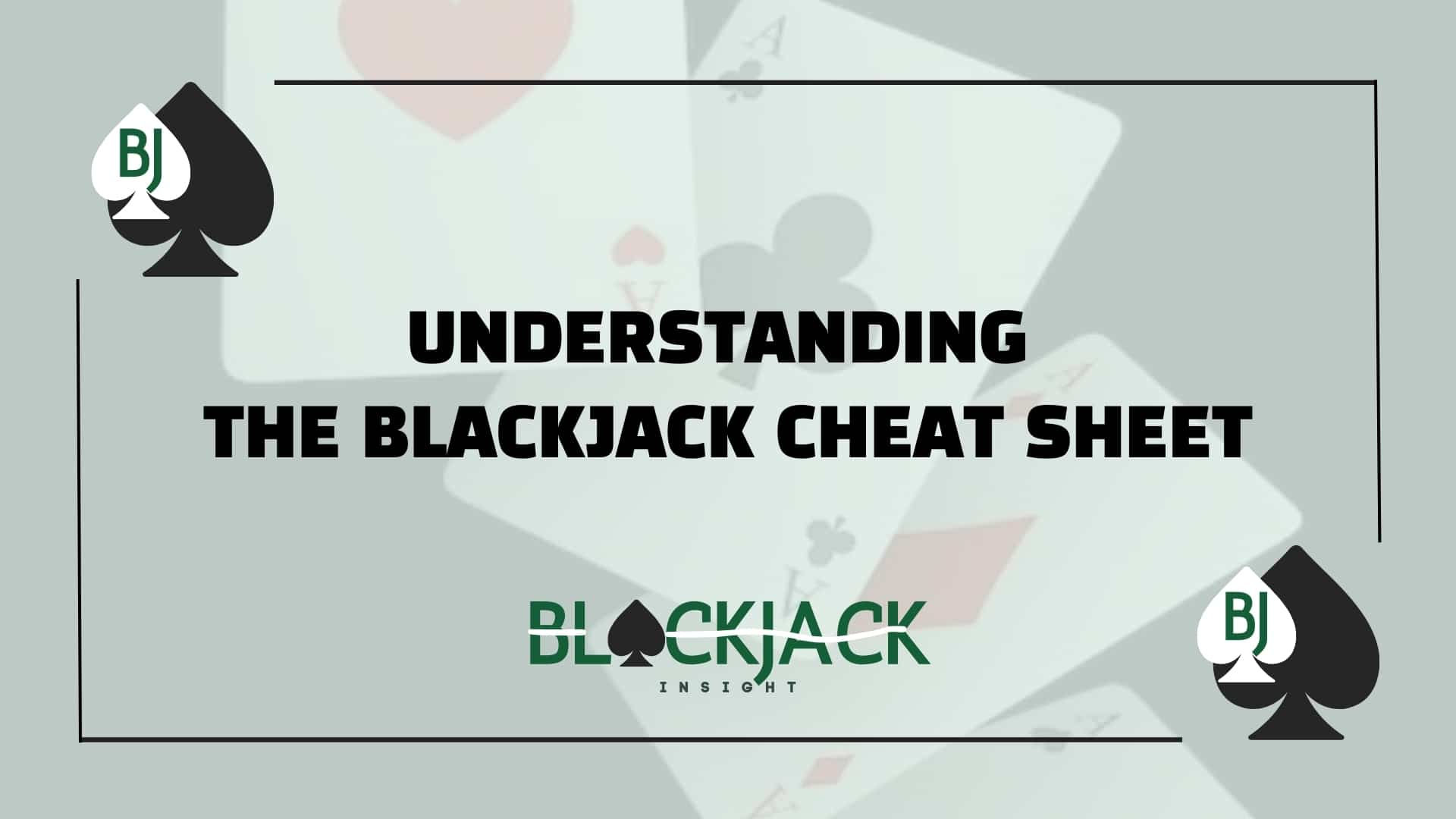Understanding the Blackjack Cheat Sheet
Table Of Content
Blackjack is simple on the surface, but once you dive in, it’s easy to get lost in the decisions. That’s exactly why a blackjack cheat sheet exists—and trust me, it’s not cheating. It’s a strategy.
Whether you’re playing casually with friends or gearing up to hit a real casino, a cheat sheet can be the difference between guessing and playing smart. In this guide, I’ll walk you through how to read and use one like a seasoned pro, and I’ll share some insights I’ve picked up over the years sitting at smoky tables and bright-lit casino floors.

What Is a Blackjack Cheat Sheet?
A blackjack cheat sheet is not some secret code to count cards or rig the game. It’s a chart based on basic strategy, the mathematically optimal way to play every possible hand. And yes, it’s 100% legal to use.
It tells you when to hit, stand, double down, split, or surrender, based on your hand and the dealer’s visible card. Think of it like a GPS for your game—it helps you avoid the wrong turns that drain your chips. If you need a more basic strategy chart, try to use the hit or stand card.
Why You Should Trust the Sheet (And Not Just Your Gut)
I’ve seen players hit on 13 against a dealer’s 4 and then curse their bad luck when they bust. But here’s the thing: bad strategy failed them. The blackjack strategy sheet is built on probability, not hunches. Over thousands of hands, it reduces the house edge down to as little as 0.5%.
Still think your gut’s better than math? Good luck with that. (Told you there’d be some sarcasm.)
How to Use a Blackjack Cheat Sheet Without Looking Like a Rookie
You can bring a printable blackjack cheat sheet to a casino. Most allow it as long as you’re not holding up the game. I’ve done it myself when playing at new tables or unusual rule sets. But here’s my tip: study the chart ahead of time. Learn the common scenarios. The more second nature it becomes, the less you need to glance down mid-hand.
Most cheat sheets are color-coded or use letters like:
- H = Hit
- S = Stand
- D = Double (if allowed)
- Ds = Double if allowed, otherwise Stand
- P = Split
- Rh = Surrender if allowed otherwise, Hit
Got a soft 17 (Ace + 6)? Facing a dealer 10? The sheet tells you exactly what to do—no guesswork needed.
The Purpose of the Cheat Sheet
Let’s learn the purpose of the cheat sheet.
Maximize Long-Term Profit
By following the cheat sheet, you’re aligning every play with the highest probability of winning or minimizing losses over many hands.
While a single hand’s outcome might differ from the chart’s recommendation, in the long run, the chart’s strategy yields the best expected returns.
Eliminate Guesswork
Blackjack can be a fast-paced game. A cheat sheet removes the need to second-guess your instincts under pressure.
New players often feel overwhelmed by the number of decisions. The chart organizes these decisions into simple, consistent rules.
Minimize the House Edge
Basic strategy can reduce the house edge to around 0.5% (sometimes even lower, depending on specific table rules).
This small edge is one of the reasons blackjack is so popular among casino table games.
Different Rules, Different Sheets
Ever played a European blackjack table? Or a game with 6 decks, or 8 decks? The best blackjack cheat sheet accounts for these differences.
For example:
- In European blackjack, the dealer doesn’t peek at their hole card until after you play.
- Some tables require the dealer to hit on soft 17; others don’t.
- Fewer decks change the probabilities slightly (which matters if you’re a strategy nerd like me).
So, if you’re printing out a blackjack cheat sheet PDF, make sure it matches the table rules. You can find versions that are labeled by deck count or house rules. Don’t just grab the first one you see on Reddit and call it a day.
What’s in a Good Blackjack Strategy Sheet?
A solid sheet should include:
- Clear separation of hard hands, soft hands, and pairs
- Strategy based on dealer’s upcard (2 through Ace)
- Options for doubling, splitting, and surrendering
- Designed for 6-8 decks, since that’s what most casinos use
- Bonus if it’s a blackjack cheat card you can fit in your wallet
Why Every Beginner Should Use One
There’s no shame in using a guide when you’re learning. You’d follow a recipe your first time baking bread, right? Blackjack’s no different.
Having a Blackjack 21 cheat sheet takes the pressure off. You’re not guessing, panicking, or relying on advice from the loud guy two seats over, who’s clearly down $300. It keeps you focused, sharp, and learning the game the right way.
FAQs
1. Can I use a Blackjack Cheat Sheet in a live casino?
Yes, many casinos allow players to use basic strategy charts during play, but always verify local rules, as some venues may restrict their use or the use of electronic devices.
2. How can I effectively memorize and apply a Blackjack Cheat Sheet?
Practice by breaking the chart into sections—such as hard totals, soft totals, and splits—and use flashcards or online simulation tools to reinforce the optimal plays until they become second nature.
3. Does the cheat sheet change based on the number of decks used?
Absolutely; different deck counts can alter the optimal strategy, so it’s important to use a cheat sheet that’s tailored specifically to the game format and house rules at your table.
4. Are there digital versions of Blackjack Cheat Sheets available for practice?
Yes, many online casinos and mobile apps offer interactive strategy trainers and digital cheat sheets that let you practice and internalize the optimal moves for various scenarios.
5. Do Blackjack Cheat Sheets guarantee a win every time?
No, while they significantly improve your odds and reduce the house edge over the long run, the inherent randomness of the game means that no strategy can guarantee a win on every hand.



